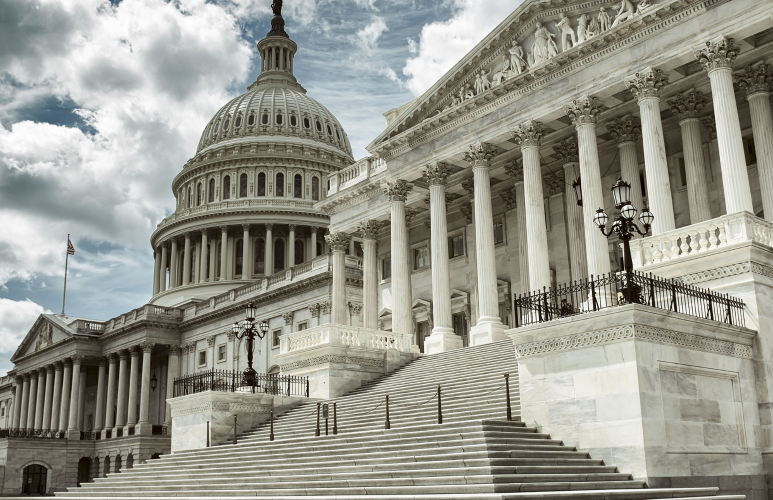A Universal Charitable Deduction (UCD) that kicks in at 1.9% of adjusted gross income (AGI) would create the optimal balance between generating donations and federal tax subsidies, according to new research.
Congress created a one-year UCD of $300 as part of the Coronavirus Aid, Relief, and Economic Security (CARES) Act but that might add to giving by “only a tiny amount” and provide recipients with as little as $100 million, compared with the $1.5 billion in costs from forgone federal income tax revenue. “The bulk of the cost simply reduces taxes for those non-itemizers who will claim the deduction without significantly changing their overall amount of giving,” according to researchers at the Tax Policy Center at Urban Institute & Brookings Institution.
“Designing an Effective and More Charitable Universal Charitable Deduction” was written by C. Eugene Steuerle, Robert McClelland, Nikhita Airi, Chenxi Lu, and Aravind Boddupalli. The brief was funded by Feeding America and the Mott Foundation.
The Tax Cuts and Jobs Act of 2017 (TCJA) just about doubled the standard deduction, leading to the share of households claiming an itemized deduction for charitable contributions to drop from about 26% to about 9% in 2019. The TCJA reduced the estimated average federal income tax subsidy for giving by 30% — from about 20 cents per $1 to 14 cents per $1. “Put another way, the government took away about 6 cents of subsidy on average across all charitable contributions,” according to the authors.
The current law generates $266.6 billion in charitable contributions at a cost to the federal government of $42.5 billion in lost revenue, for a combined $309.1 billion to charities and beneficiaries. The Tax Policy Center breaks down several scenarios and their potential impacts on charitable contributions as well as change in federal revenue, based on 2019 to represent an economy for a typical year:
- UCD: +$8.7 billion in contributions/-$27.1 billion cost to federal revenue;
- UCD with 1% floor: +$6.5 billion in contributions/-$9.7 billion in revenue;
- UCD with 1.9% floor: +2.5 billion/+$0.3 billion in revenue;
- UCD with 2% floor: +$2.1 billion in contributions/+$1.1 billion in revenue; and,
- Non-itemizer deduction capped at one third of standard deduction: +$3.8 billion in contributions/-$21 billion cost to revenue.
Many changes in the tax law approved in 2017 are scheduled to expire after 2025 and the level of floor that would achieve revenue neutrality could fall anywhere in these ranges, according to the Tax Policy Center.
“A well-designed and more universal charitable incentive can send a strong signal about how we define ourselves as a society. It can have a larger effect on charitable giving than can be projected from existing statistical evidence,” according to the center. “We have emphasized the importance of the federal government getting the maximum amount of services to beneficiaries of charitable organizations for the revenues forgone.”
The 14-page report also examines the distribution of changes among households in tax and charitable giving under various UCD proposals as well as increased IRS enforcement and other options, such as allowing taxpayers to make charitable contributions up to the date of their income tax filing, or April 15, whichever comes first.
“Ultimately, the study illustrates how money spent on a universal charitable deduction can significantly increase the goods and services provided to charitable beneficiaries in relation to forgone revenue if proper attention is focused on the efficiency and fairness of each dollar of subsidy,” according to Nicholas Mirkay, professor of law at the University of Hawaii, writing for the Nonprofit Law Prof Blog.












